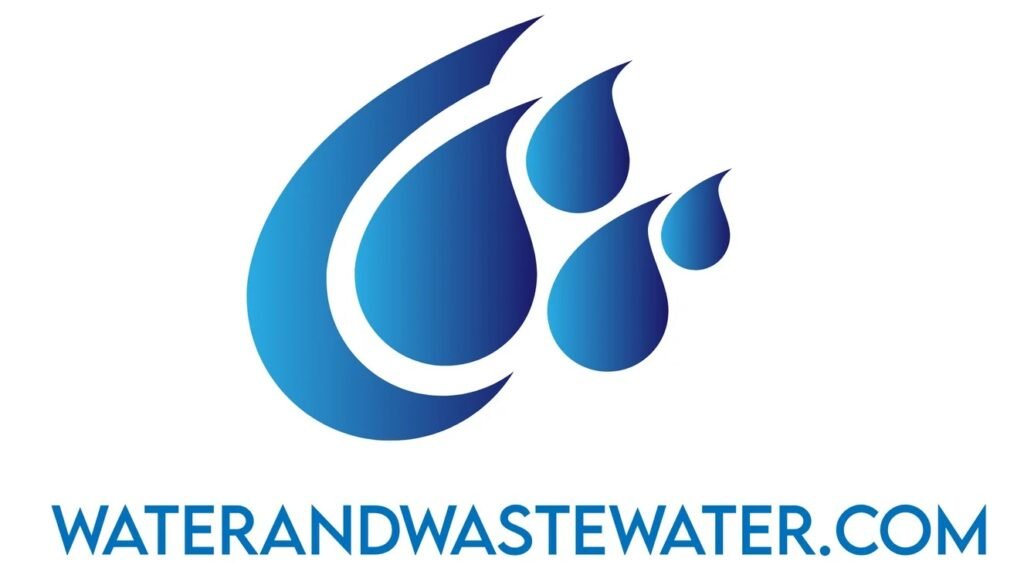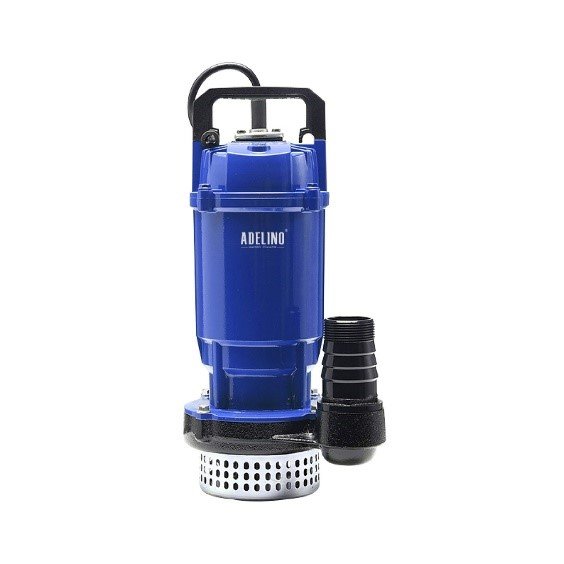How to Remove PFAS from Water
How to Remove PFAS from Water: Comprehensive Strategies and Solutions
Introduction
Per- and polyfluoroalkyl substances (PFAS) have garnered significant attention over recent years due to their persistence in the environment and potential adverse health effects. These synthetic chemicals have been linked to various health issues, including liver damage, immunological problems, and developmental delays in children. The growing awareness of PFAS contamination in drinking water has created an urgent need for effective removal methods. This article presents a thorough analysis of how to remove PFAS from water, focusing on advanced treatment approaches that municipal directors, water treatment operators, and environmental engineers can implement.
Understanding PFAS: The Challenge
A class of over 4,700 chemicals, PFAS are often called “forever chemicals” due to their reluctance to degrade in the environment. Consequently, their presence in water sources can pose serious risks to human health and ecological stability. Recent investigations have revealed alarmingly high levels of PFAS in various water supplies. For instance, a 2024 study indicated that nearly 20% of community water systems in the U.S. show detectable levels of PFAS, raising concerns about widespread exposure and regulatory scrutiny.
Regulatory Landscape
The regulatory response to PFAS has been evolving rapidly. As of 2025, the United States Environmental Protection Agency (EPA) has established a provisional health advisory for PFAS, setting the maximum contaminant level (MCL) for certain PFAS compounds at 0.004 parts per trillion (ppt). This goal reinforces the urgency of developing efficient removal strategies to mitigate the risk posed by these substances.
Effective Methods to Remove PFAS from Water
1. Granular Activated Carbon (GAC) Filtration
GAC is one of the most widely used methods for PFAS removal. Its adsorption properties allow it to effectively trap PFAS molecules, making it a go-to solution for many water treatment facilities.
- Efficiency: Research indicates that GAC can reduce PFAS concentrations by over 90% when properly configured.
- Considerations: The effectiveness of GAC can diminish once the material becomes saturated with contaminants. Regular monitoring and replacement are essential to maintain efficiency.
2. Ion Exchange Resins
Ion exchange processes involve using resin materials that exchange PFAS ions with other non-toxic ions in the water. This technique can be particularly effective for specific PFAS compounds.
- Performance: Recent studies show that ion exchange resins can be engineered to selectively target PFAS, achieving removal rates above 99%.
- Cost: Although generally more expensive than GAC, the investment may be justified for facilities facing stringent regulatory limits.
3. Reverse Osmosis (RO)
Reverse osmosis employs a semi-permeable membrane to separate contaminants from water, including PFAS.
- Effectiveness: Studies have demonstrated that RO systems can achieve over 95% removal of PFAS, making it one of the most reliable solutions.
- Challenges: The process can be costly due to energy requirements and the need for pre-treatment to protect the membranes from fouling.
4. Advanced Oxidation Processes (AOP)
AOP techniques, such as ozonation and UV-H2O2, generate reactive species capable of breaking down PFAS compounds.
- Innovative Solutions: In 2024, a significant breakthrough demonstrated that AOP could effectively degrade longer-chain PFAS into shorter, less harmful fragments.
- Scalability: While promising, the technology remains in the experimental phase for large-scale applications.
5. Biological Treatment
Although still in the early stages of research, biological treatment methods using specific microbial strains to degrade PFAS show potential for future applications.
- Sustainability: Should these techniques prove viable at scale, they could offer an environmentally-friendly approach for PFAS remediation.
- Current Limitations: Biological treatment is not yet widely implemented and requires further research to establish effective strains.
Implementation Considerations
Cost-Benefit Analysis
Municipal directors and facility operators must conduct thorough cost-benefit analyses when assessing PFAS removal technologies. Factors to analyze include not only capital and operational costs but also long-term sustainability and regulatory compliance requirements.
Community Engagement
Transparency and community engagement are crucial when planning PFAS removal initiatives. Open communication can help build public trust, especially in communities directly affected by contamination.
Monitoring and Assessment
Employing continuous monitoring systems can significantly improve the effectiveness of PFAS removal efforts. Advanced detection systems allow for real-time data on PFAS levels, providing vital information for making operational decisions.
Conclusion
As the understanding of PFAS contamination evolves, so too must our strategies for removing these persistent pollutants from water supplies. Effective solutions, such as GAC filtration, ion exchange resins, reverse osmosis, advanced oxidation processes, and upcoming biological treatments, represent a comprehensive arsenal for tackling this significant environmental challenge. The regulatory landscape remains dynamic, compelling water treatment professionals to stay informed on best practices and emerging technologies.
By investing in robust removal methods and fostering community trust, we can collectively mitigate the risks posed by PFAS and ensure safe drinking water for future generations. The urgency is clear — action is not just necessary, but imperative. Together, we can navigate the complexities of PFAS remediation and work towards a sustainable and healthier environment.


